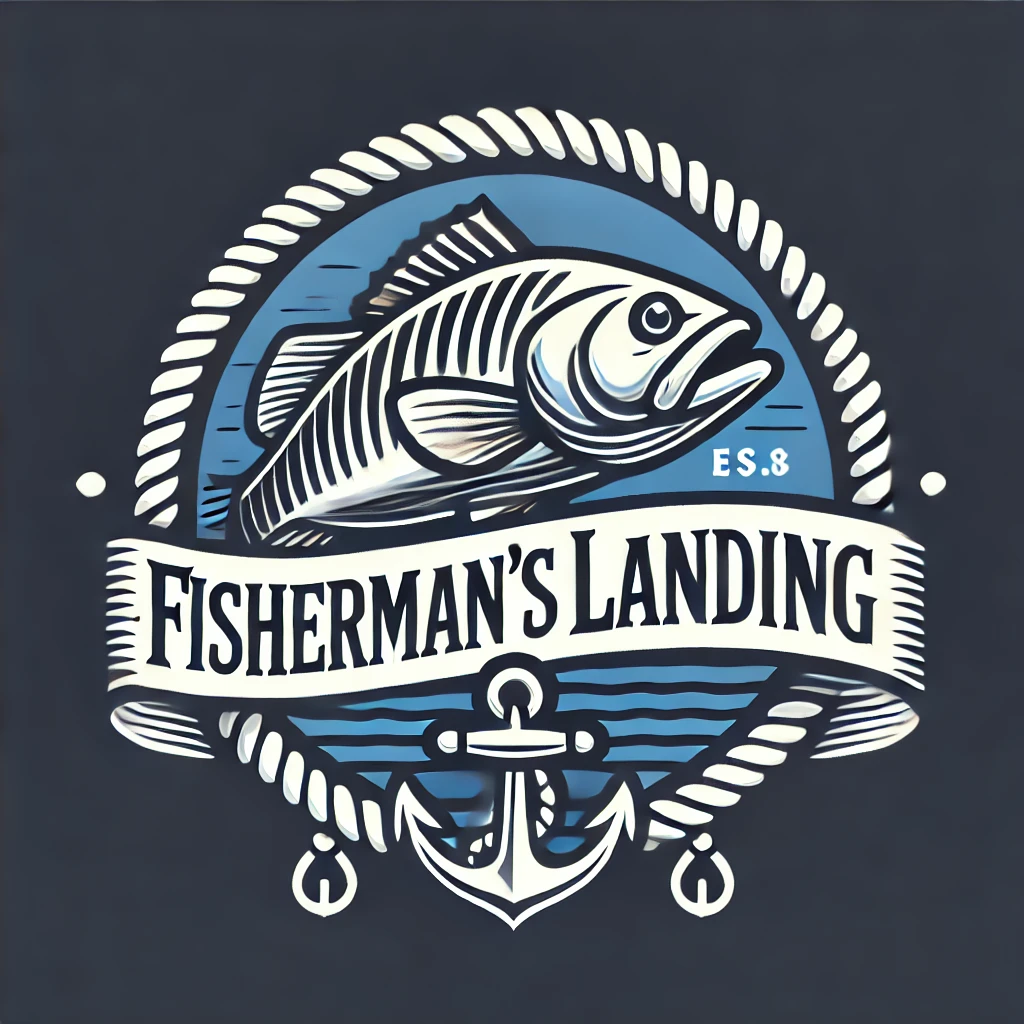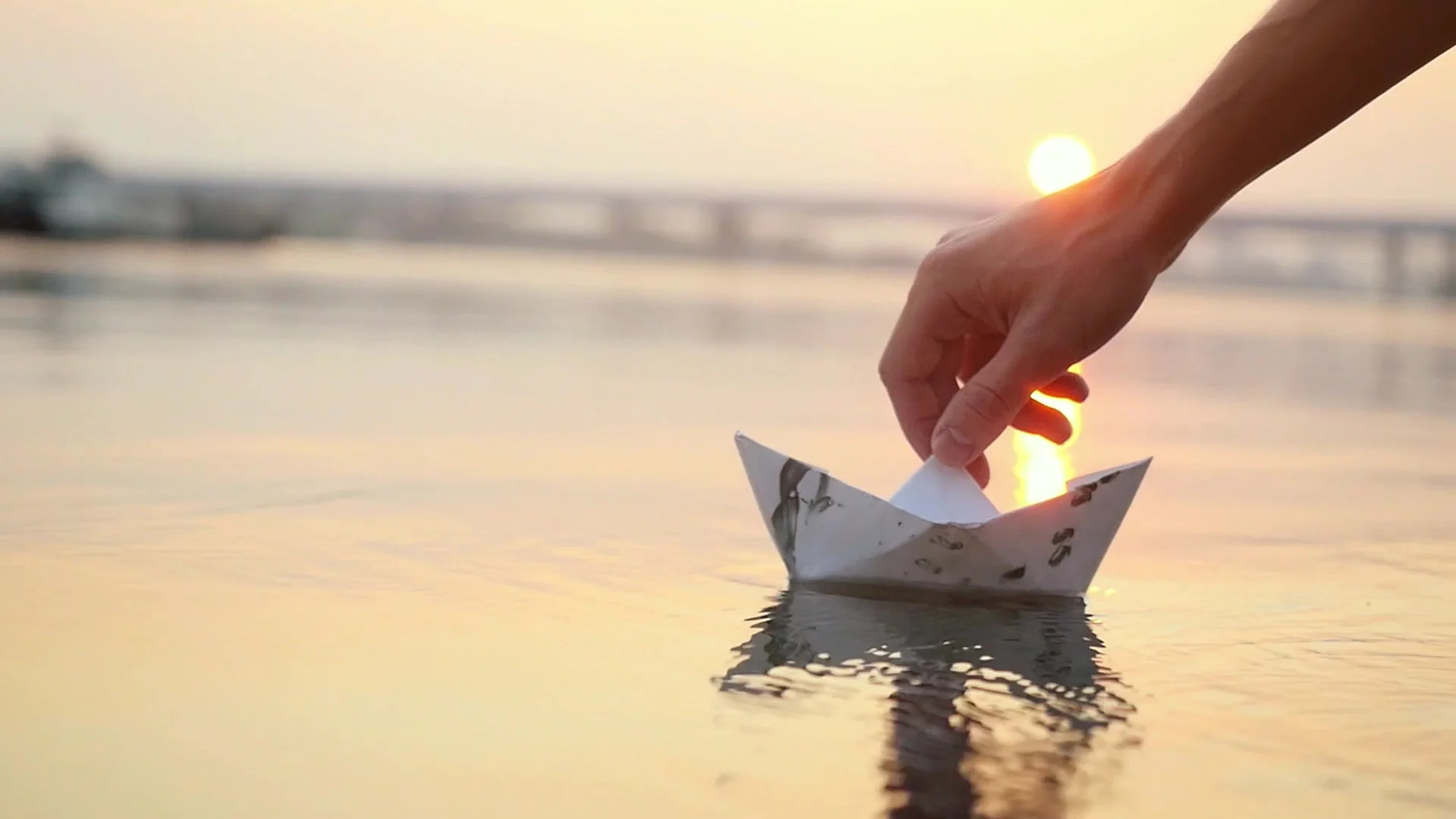Mooring Buoy Installation: A Comprehensive Guide for Boaters
Mooring buoys are a crucial component in various maritime activities, providing a temporary and environmentally friendly anchoring solution for boats and ships. These buoys are designed to be easily accessible and reliable in both shallow and offshore waters. By allowing vessels to moor without the need for dropping an anchor, they play an essential role in marine protection, particularly in preventing damage to sensitive underwater habitats such as coral reefs.
There are various types of mooring buoys available, each with their own design, material, and construction, depending on their intended purpose and the environmental conditions in which they will be used. These buoys can be utilized in a range of mooring systems, catering to the needs of small leisure boats, large commercial vessels, and even specialized applications such as support for offshore oil and gas operations.
If you are looking for a live map of mooring fields across the U.S, look no further than Sea Magazine's Anchorage Map.
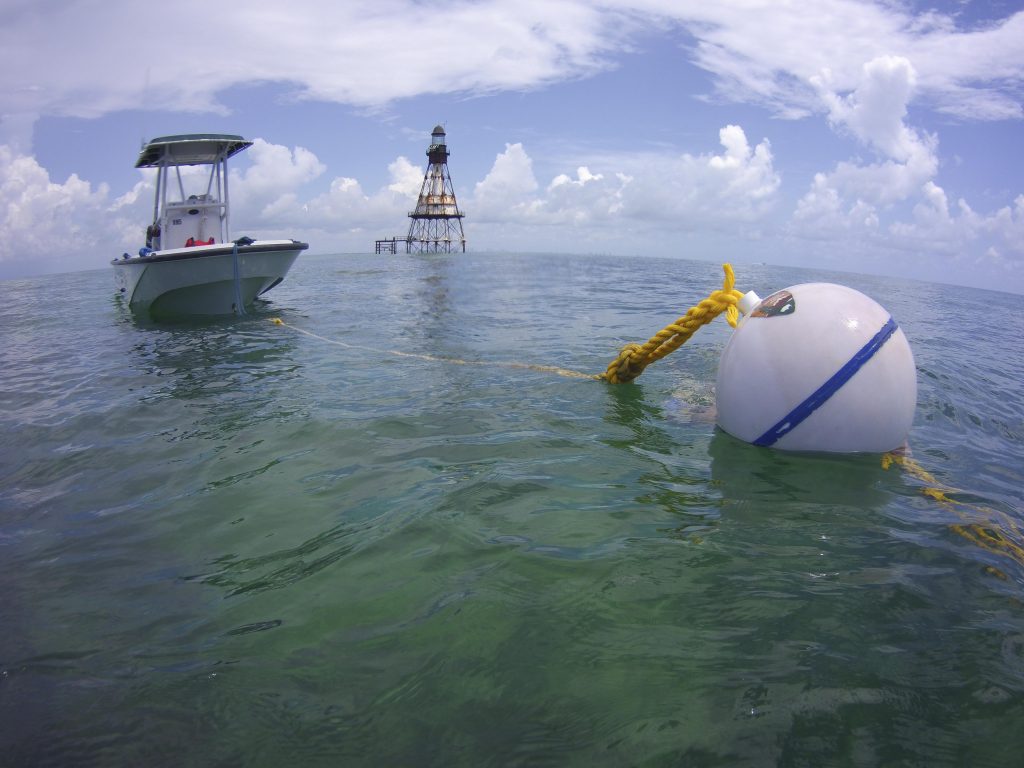
Key Takeaways
- Mooring buoys offer a sustainable solution for anchoring boats, protecting sensitive marine environments.
- Different types of mooring buoys cater to various applications, including leisure boating and offshore industries.
- Their design and use are subject to legal aspects, regulations, and routine maintenance to ensure safety and reliability.
Understanding Mooring Buoys
Mooring buoys are floating devices designed to serve as secure anchorage points for boats and other vessels. They are typically attached to an anchor or permanent fixture on the seabed, providing a stable and reliable point for vessels to moor 1.
There are versatile applications for mooring buoys, as they can be used for cruise ships, fishing boats, cargo ships, private ships, and even seaplanes in both deep and shallow waters2. The mooring buoy concept offers an eco-friendly alternative to traditional anchors. By installing a mooring buoy close to or over a site where boats usually anchor, damage to vulnerable ecosystems such as coral reefs can be minimized1.
The design and structure of mooring buoys involve a heavier weight located at the bottom of the sea, which acts like an anchor, keeping the buoy afloat in the water3. This weight ensures that the buoy remains stationary. The mooring buoy system utilizes an anchor to maintain its fixed position and a float to keep its line vertical in the water column4.
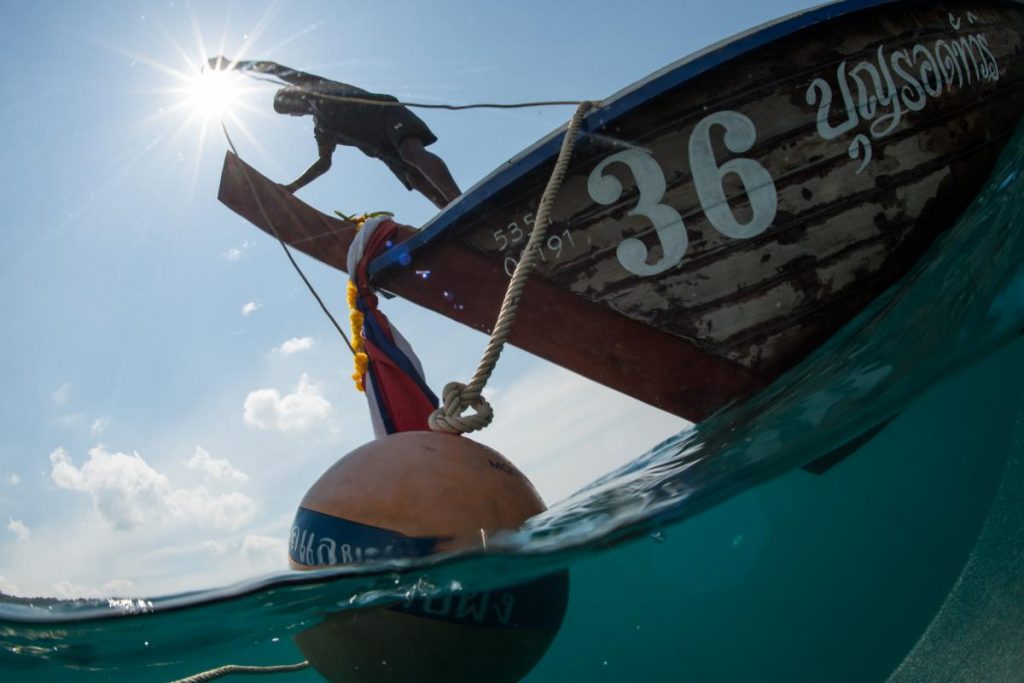
Surface mooring buoys may be equipped with meteorological instruments such as rain, sun, and wind gauges to monitor and track environmental conditions4. Additionally, subsurface mooring buoys can be utilized to keep their lines stationary below the surface, ensuring they remain out of the way of passing ships4.
In summary, mooring buoys offer numerous benefits when compared to traditional anchorage methods, as they provide a secure mooring solution that minimizes environmental impact and protects vulnerable marine ecosystems. Their flexibility to accommodate various vessel types and water depths ensures their effectiveness and continued growth in popularity among the maritime industry.

Design and Construction of Mooring Buoys
Mooring buoys are essential tools in marine environments, serving various purposes such as boat tie-offs, aiding in coral reef conservation, and securing floating platforms for wave energy converters. The design and construction of mooring buoys play a crucial role in their effectiveness, durability, and environmental impact.
One of the fundamental elements of a mooring buoy's design is its diameter, which determines its buoyancy, stability, and load-bearing capacity. The size of the buoy should be selected based on the specific requirements, including the type of vessel or application and the prevailing environmental conditions.
The construction materials used in mooring buoys have a significant impact on their durability and performance. Floats are typically made from hard-wearing, buoyant materials like polyvinyl chloride (PVC) tubing. PVC provides excellent resistance to damage from UV radiation, saltwater corrosion, and abrasion. It is also relatively lightweight and cost-effective, making it a popular choice for buoy manufacture.
Several well-established companies, such as Jim Buoy and Cal-June, are known for their high-quality mooring buoys. These companies prioritize the use of robust materials and innovative designs to ensure reliable performance and longevity. When purchasing mooring buoys, it is essential to consider the reputation and history of the supplier to guarantee the best possible product.
Wholesale marine suppliers also offer a wide range of mooring buoy options, catering to different requirements and budgets. Exploring the offerings from trusted wholesalers ensures that customers have access to products that meet their specific needs while adhering to industry standards and regulations.
In summary, the design and construction of mooring buoys are critical factors in their overall performance and reliability. The selection of appropriate materials, such as PVC tubing for float construction, and reputable manufacturers like Jim Buoy and Cal-June, can contribute significantly to the buoy's longevity and effectiveness. Ultimately, partnering with established suppliers, such as those found in the wholesale marine market, guarantees access to high-quality products that meet customers' diverse needs.

Types of Mooring Buoys
Mooring buoys are essential for boat owners, providing a secure and stable point for vessels to anchor in various locations. There are several types of mooring buoys available, each designed to fulfill specific needs and requirements. Let's discuss the most common mooring buoys encountered and their specific applications.
Standard Buoys are basic and versatile mooring options, used in a wide range of maritime environments to provide a safe and stable anchor point for vessels of different sizes. They typically consist of a floating body made from durable materials like hard foam or polyethylene, a mooring line, and an anchor or chain at the bottom. These buoys are easy to use, cost-effective, and highly reliable for various sea conditions.
Taylor Made is a well-known brand in the mooring buoy industry, recognized for producing high-quality products. The Taylor Made Traditional Sur-Moor Mooring Buoy is a popular example that effectively supports the mooring line, ensuring a secure connection between the vessel and the anchor point. These buoys feature a rope nest design in a cup shape at the top of the buoy, which allows the anchor shackle to remain under the buoy surface. This design reduces wear and prolongs the lifespan of the mooring line.
Other types of mooring buoys include the Halas System and Manta System, which are specifically designed for distinct maritime conditions and vessel types. The Halas System is ideal for large vessels requiring a higher level of anchoring stability, while the Manta System is suitable for environmentally sensitive areas such as coral reefs, where minimizing anchor damage is crucial. These mooring systems, mentioned in the Maritime Manual, feature advanced designs and materials to ensure optimal performance and safety.
In summary, various types of mooring buoys cater to diverse maritime needs, ensuring secure anchorage for vessels operating in different environments. Factors to consider when selecting a mooring buoy include the vessel size, mooring duration, and sea conditions. By choosing the appropriate mooring buoy, boat owners can ensure the safety of their vessels and minimize damage to the surrounding environment.
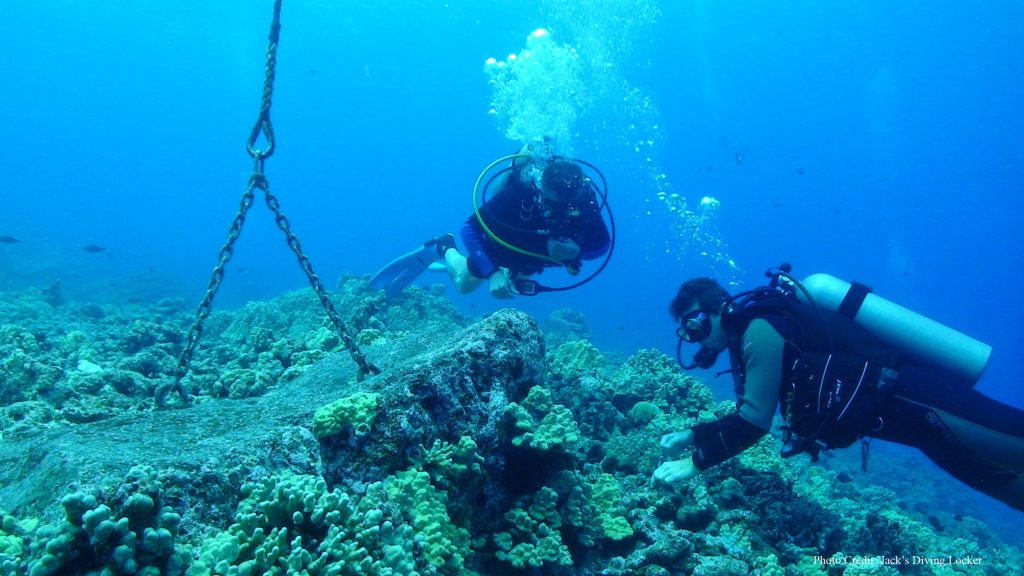
The Role of Mooring Buoys in Mooring Systems
Anchoring Mechanisms
Mooring buoys play a significant role in mooring systems by providing a secure and convenient method to anchor vessels. They are designed to float on the surface of the water while being firmly attached to an anchor on the seabed. The anchoring mechanism used in these systems can vary depending on factors such as the size of the vessel, the depth of the water, and the environmental conditions. Some common types of anchors utilized in mooring systems include traditional fluke-style anchors, mushroom anchors, and dead weight anchors.
Anchors serve as the foundation of the mooring system and provide stability by securing the buoy to the seabed. These anchors have to resist the forces generated by environmental conditions such as wind, waves, and currents, as well as those created by the movements of the moored vessels. To maintain the effectiveness of the anchoring mechanism, all components, including chains, cables, and shackles, must be inspected and maintained regularly.

Mooring Lines and Ropes
The connection between the mooring buoy and the vessel is established through the use of mooring lines and ropes. These lines can either be made of chain, synthetic fibers, or a combination of both materials. The choice of mooring line type depends on factors such as vessel size, water depth, and environmental conditions. Chains are often used in shallow waters for their weight and durability, while synthetic ropes offer advantages in deep-water applications due to their lighter weight and flexibility.
The mooring line connects the vessel to the mooring buoy, providing a secure and stable connection that prevents the vessel from drifting away. These lines must be strong enough to handle the forces generated by environmental conditions and vessel movements, while also resisting wear and tear from constant exposure to the elements.
In conclusion, mooring buoys are essential components in mooring systems, providing an effective and convenient solution for anchoring vessels. The anchoring mechanism and choice of mooring lines and ropes play a crucial role in ensuring the stability and security of the moored vessels, making regular inspection and maintenance necessary for the overall performance and longevity of the mooring system.
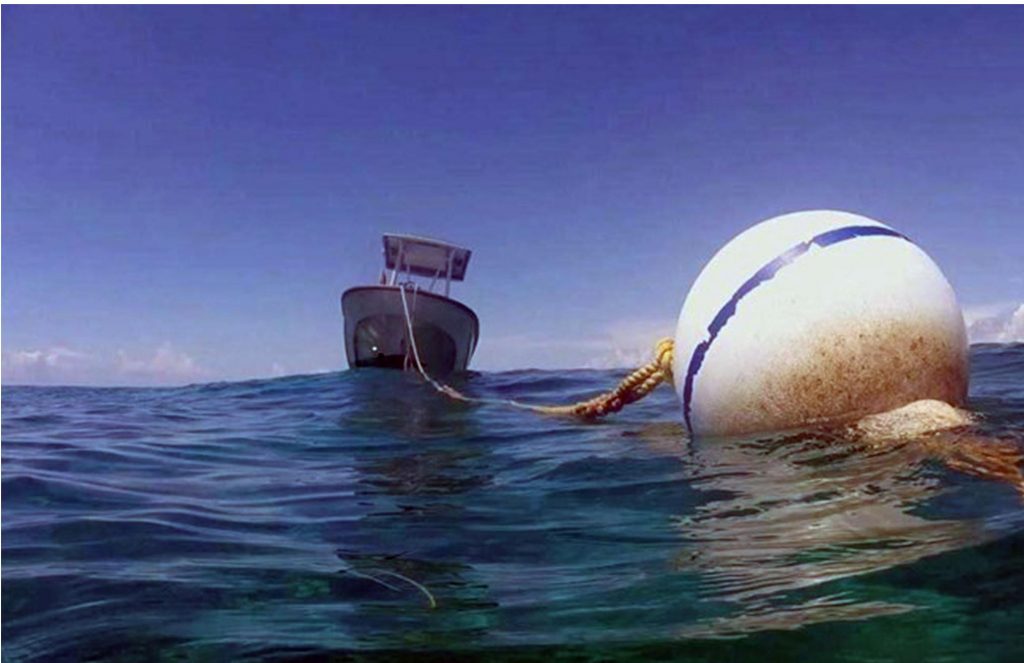
Mooring Buoys and Marine Protection
Protecting Coral Reefs
Mooring buoys play a significant role in protecting coral reefs from damage caused by boat anchoring. By installing a mooring buoy near or over traditional anchoring spots, boaters can tie off to the buoy instead of dropping anchors that can damage delicate coral ecosystems. This simple concept has a profound positive impact on coral reef conservation and helps maintain the balance of these underwater habitats.
Supporting Marine Life
Coral reefs serve as essential habitats for a vast array of marine life, including fish and various other species. Protecting these reefs with the use of mooring buoys contributes to the overall health of the marine ecosystem.
When coral reefs are safeguarded, the marine life that depends on them can thrive. Fish populations, in particular, benefit from the stable and healthy coral reef ecosystem. Many fish species rely on coral reefs for shelter, breeding grounds, and food sources.
In addition to fish, other marine organisms also benefit from the preservation of coral reefs. Mooring buoys help to prevent the destruction of habitats for invertebrates, such as crustaceans and mollusks, that contribute to the overall biodiversity and balance of the marine environment.
By incorporating mooring buoys in boating practices, both the coral reefs and the marine life that depends on them can be preserved and protected. This results in healthier ecosystems and a more sustainable relationship between humans and the ocean.
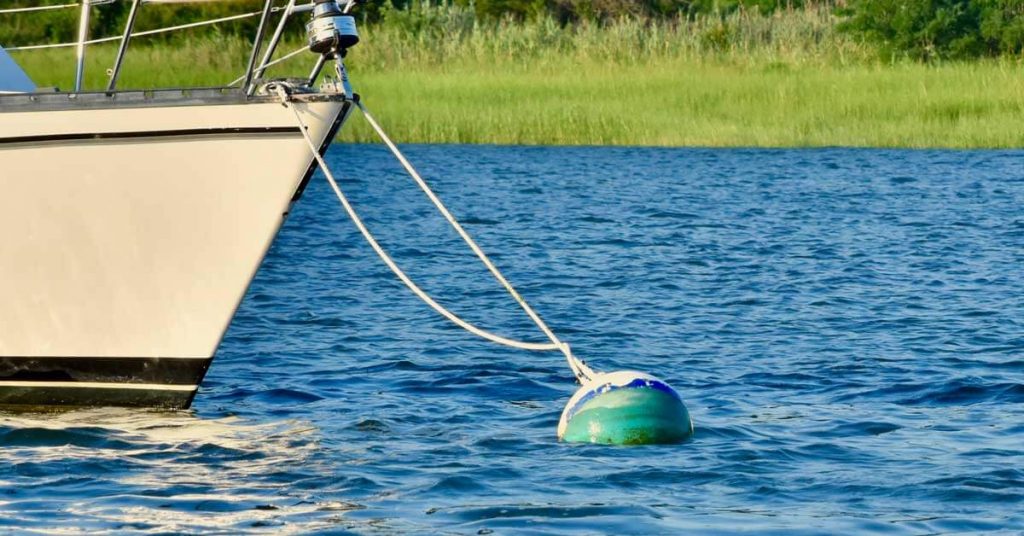
Using Mooring Buoys
Hooking and Unhooking
To utilize mooring buoys effectively, boaters should know how to properly hook and unhook their vessels. When approaching a mooring buoy, position the boat near the buoy so that the bow is facing into the wind or current. At the helm station, reduce the speed and have one person at the bow with a boat hook to grasp the mooring line or ring. Ensure that a bow line is securely fastened to the boat and passed through the mooring buoy's attachment point.
When unhooking, release the tension on the bow line while the boat is still tied to the mooring buoy. Carefully remove the line from the mooring attachment point using the boat hook and then pull the bow line back onboard. Always maintain control of the boat at the helm station, and be mindful of other vessels in the area.
Dealing with Weather Conditions
Mooring buoys are useful in protecting the environment and safely securing boats, but it is essential to consider weather conditions when using them. In instances of wind, rain, waves, and currents, take extra care to maintain control of the vessel while approaching and leaving the mooring buoy.
- Wind: If strong winds are present, approach the mooring buoy at a slow speed and allow the wind to push the vessel toward it. Be prepared to make frequent steering adjustments to maintain the right path.
- Rain: Reduced visibility during rain may make it difficult to spot the mooring buoy, so approach slowly and use navigational aids if available. It may also make the deck slippery, so exercise caution when moving around the boat.
- Waves: In choppy conditions, it's essential to keep the boat's bow pointing into the waves when approaching or leaving the mooring buoy. This will minimize the risk of the vessel's stern being lifted by a wave and pushed off course.
- Currents: The presence of strong currents can make it challenging to approach the mooring buoy accurately. Consider the direction of the current when planning your approach, and be ready to make steering adjustments as needed.
By following these guidelines and keeping a careful eye on the weather conditions, boaters can safely and effectively use mooring buoys for their vessels.

Mooring Buoys in Shallow and Offshore Waters
Mooring buoys play an essential role in various aspects of marine operations, from offshore oil and gas infrastructures to oceanographic research. These buoys are designed for various water depths, including shallow and offshore waters, with different characteristics and applications.
In shallow waters, mooring buoys are often used in the oil and gas sector for loading and unloading crude oil and refined products from inshore and offshore oilfields or refineries 1. These buoys come in different configurations, such as the single buoy mooring (SBM) system, which is anchored offshore and allows large vessels to connect to the buoy for safe and efficient cargo transfer.
Offshore, mooring systems serve a different purpose: they are designed to support oceanographic research, monitoring, and data collection. An example of such a system is the oceanographic mooring, which consists of a long line or cable with an anchor at one end, a float at the other, and instruments attached to the line in between or to a float at the surface 2. This allows researchers to measure properties like water velocity, salinity, and temperature over an extended period.
In some cases, buoy systems are built to provide mooring support for specific applications, such as the Mooring Buoys Observation System for Benthic with Electro Optical Mechanical Cable (MBOSBC) 3. This hybrid system comprises a surface buoy that provides energy for the entire system, a benthic node for in-depth measurements, and an electro-optical-mechanical (EOM) cable connecting the two modules.
As marine operations continue to expand, the importance of mooring buoys in both shallow and offshore waters is evident. These systems ensure the safe and efficient transfer of resources as well as providing valuable data for scientific research and environmental monitoring.

Legal Aspects and Regulations
Obtaining Permits
When it comes to mooring buoys, different jurisdictions have various permit requirements to ensure responsible usage and avoid potential hazards. In the United States, the federal government mandates that all commercial mooring buoys go through the U.S. Army Corps of Engineers registration process to obtain a permit. On the other hand, in Canada, the Private Buoy Regulations apply to all private buoys placed as aids to navigation, setting out the Canadian Coast Guard's placement requirements and standards.
Liability and Fines
As a mooring buoy owner, it is crucial to be aware of the liabilities associated with improper installation or management of mooring buoys, as well as potential fines for non-compliance. Although regulations vary depending on the jurisdiction, some general rules apply universally:
- Fee: In certain areas, a fee may apply for permits or annual usage of mooring buoys. For instance, commercial mooring buoy owners might need to charge for usage in some jurisdictions.
- Idle Speed: Boaters approaching or departing from a mooring buoy must maintain idle speed to minimize the risk of collisions or damaging the buoy.
- Permits: Compliance with permit requirements is essential to avoid the risk of fines or penalties. These could include following specific guidelines and placement conditions outlined by local authorities.
- Liability: Mooring buoy owners might be held responsible for any damage caused to the surrounding environment, such as coral reefs, if the buoy is not installed or used correctly.
- Fine: Failure to abide by regulations, not obtaining required permits, or causing damage due to improper buoy management may result in fines or penalties from the relevant authorities.
- National Park: In protected areas, such as national parks, specific rules and regulations may apply. It is crucial to adhere to these rules to avoid causing damage to the environment or face potential fines.
By following local regulations and guidelines while installing and managing mooring buoys, owners can reduce potential legal issues and contribute to maintaining safe and environmentally friendly waterways.

Maintenance and Inspection of Mooring Buoys
Regular maintenance and inspection of mooring buoys are essential to ensure their functional integrity and safety. By following a systematic approach, one can identify and address any issues related to wear, corrosion, or damage that may impact the buoy's performance.
Firstly, it is crucial to inspect the buoy's surface for any signs of wear and tear. This includes checking for rust, pitting, and corrosion on the buoy's body and jewelry. Any significant deterioration should be promptly addressed to prevent further damage and maintain the buoy's structural integrity 1.
In addition to the surface inspection, it is advisable to assess the mooring and anchoring system regularly. This might involve evaluating the condition of chains, anchors, and any other accessories3. By actively managing and maintaining these components, one can reduce the risk of failure and ensure the mooring system's fitness throughout its service life4.
Moreover, it is essential to monitor the mooring buoy's overall condition, including any maintenance required for public safety and compliance with relevant regulations5. Keeping a record of inspections and maintenance activities enables better tracking of the buoy's condition over time and facilitates timely repairs or replacements when necessary.
Lastly, the implementation of good design, operation, and maintenance practices can significantly improve the longevity and performance of multi-buoy moorings2. By adhering to industry guidelines and periodically assessing each buoy's condition, operators can identify potential issues early and take preventive measures to uphold safety and effectiveness in their mooring systems.
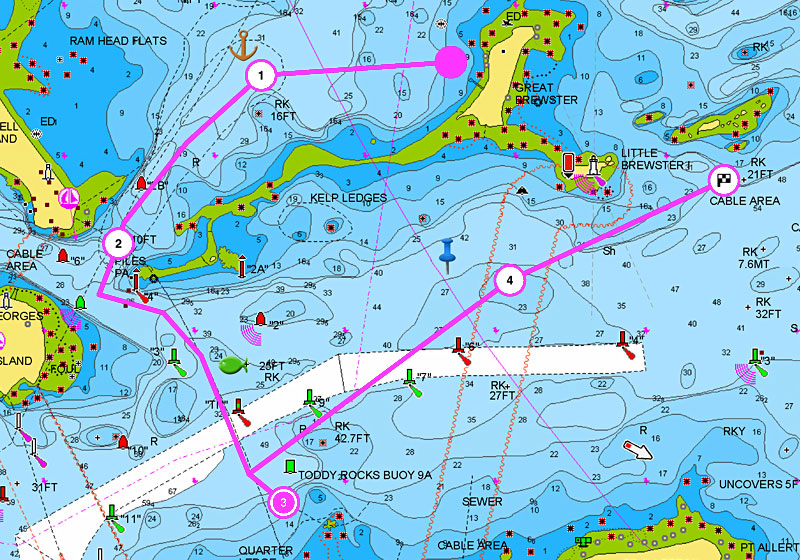
Location and Navigation
Mooring buoys are essential tools for protecting sensitive marine environments and providing a safe anchoring alternative for boaters. Accurate location and navigation are crucial to ensure the effectiveness of these buoys.
To accurately position mooring buoys, a combination of tools such as maps and satellite data can be utilized. Maps provide relevant information on water depths, nearby land features, and other potential hazards, aiding in the choice of the best location for mooring buoys. Satellite data, on the other hand, offers real-time positioning, enabling precise placement and monitoring of buoys in their intended locations.
When using a mooring buoy, it is essential to approach it cautiously, avoiding shallow areas and steering clear of any potential hazards. Boaters should navigate to the buoy by coming from either side of shallow areas, always steering to the outside of a ring of buoys, and never motoring directly across a shallow reef to get to a buoy1.
Navigation buoys and markers serve to direct boaters on the safe course to take, warning them of any underlying dangers in the waterways, and aiding in determining the safest way through the waters3. There are several types of navigation buoys, including cardinal buoys, which indicate the safest or deepest water by reference to the cardinal points of the compass4.
Mooring buoys come in two different shapes: spherical and cylindrical, both featuring a white body with a solid blue horizontal band in the middle5. When using a mooring buoy, ensure that you are tying your boat only to buoys explicitly designated for this purpose, as doing otherwise may result in legal repercussions.
In conclusion, effective location and navigation of mooring buoys are vital for their success in protecting marine environments and providing safe anchoring alternatives for boaters. By carefully employing a combination of maps and satellite data and adhering to proper navigation practices around mooring buoys, these essential tools can serve their purpose efficiently and reliably.

Large Vessels and Mooring Buoys
Large vessels require special attention when it comes to mooring due to their size, weight, and complex operations. Mooring buoys play a crucial role in providing safe and efficient mooring solutions for these vessels. They offer a reliable and low-maintenance option that significantly reduces the challenges associated with the traditional steel mooring buoys.
One major advantage of using mooring buoys for large vessels is their high pull-through strength design. This feature ensures that mooring ropes and wires from the ship can handle the forces exerted during berthing and unberthing operations, as well as during routine movements due to tidal fluctuations and external environmental factors. The OCEAN GUARD™ Mooring Buoys are an example of mooring buoys that have been specifically engineered for the safe mooring of large vessels.
Large vessels sometimes need additional support during mooring operations. In such situations, mooring buoys serve as a supplementary option for large vessels on berthing/mooring dolphins. These bollards or posts on harbor quays offer an added layer of stability for the ship, ensuring it remains securely moored. Mooring buoys can also be used for temporary mooring when large vessels are in a port, dock, or harbor, or for longer-term mooring of infrequently used vessels.
The construction and materials of mooring buoys make them ideal for use with large vessels. Many modern mooring buoys, such as Doowin Marine's offshore buoys feature central steel strength members, a closed cell rigid urethane foam core, and a polyurethane coating. These attributes provide the buoy with exceptional durability, impact-absorption capabilities, and resistance to corrosion and barnacle growth.
In summary, mooring buoys offer a practical and reliable solution for the unique challenges of mooring large vessels. They are specifically designed to withstand the forces exerted on them, while reducing maintenance requirements and providing additional support during mooring operations.

Oil Support and Mooring Buoys
Oil support and mooring buoys serve a crucial role in the offshore oil and gas industry. These buoys facilitate the safe and efficient mooring of vessels involved in the extraction, production, and transportation of oil and gas resources.
Economically and environmentally speaking, reliable mooring solutions are particularly important for oil support vessels. Mooring buoys help ensure secured mooring and reduce the risk of accidents that could cause oil spills and other environmental hazards.
There are several types of mooring buoys available, tailored to specific needs and situations. For example, cylindrical, barrel, and modular mooring buoys can be customized with various steelwork fittings to match the application requirements.
Materials used in the construction of these buoys must be robust and designed to withstand harsh marine environments. High-quality support and mooring buoys often incorporate special steel and linear polyethylene for increased durability and resistance to corrosion.
Maintaining mooring buoys is essential for their optimum performance and longevity. Regular inspection and maintenance tasks include checking the buoy's buoyancy, cleaning the surface of any marine growth, and making sure the hardware connections are in good working condition.
In summary, oil support and mooring buoys play a significant role in the offshore oil and gas industry by ensuring the safe mooring of vessels and preventing incidents that could harm the environment. Utilizing high-quality materials and regular maintenance, these buoys effectively contribute to the industry's efficiency and sustainability.

Economic Aspect of Mooring Buoys
Mooring buoys serve as a valuable solution to protect coral reefs and other marine ecosystems by providing secure anchorage for boats without causing damage to the ocean floor. The economic aspects of mooring buoys involve their prices and the potential cost savings they offer in terms of environmental conservation and maintenance.
In terms of cost, the global mooring buoy market is experiencing growth due to increasing demand. The market size is expected to rise from USD 720.00 million in 2021 to USD 1,128.67 million by 2029, with a compound annual growth rate (CAGR) of 6.0% during the projection period of 2022-20291.
When it comes to buying mooring buoys, there are various factors to consider. The cost of the buoys depends on factors such as materials, size, design, and durability. High-quality materials and advanced manufacturing techniques can lead to higher prices; however, these expenses can be justified through the long-term benefits and durability of the buoys.
Investing in mooring buoys not only benefits the environment but also provides economic advantages for businesses and local communities. By using mooring buoys, boat operators save on anchor repair and maintenance costs, as well as reduce the risk of fines and penalties for damaging sensitive marine ecosystems. The use of mooring buoys can also help generate revenue for local communities by attracting eco-conscious tourists and supporting sustainable marine-based tourism.
In conclusion, the economic aspect of mooring buoys is multi-faceted, involving both the expenses related to their production and purchase and the long-term benefits they provide. As the market continues to grow, it is expected that more marine-based businesses and communities will recognize the economic advantages of using mooring buoys to protect and preserve the world's ocean resources.
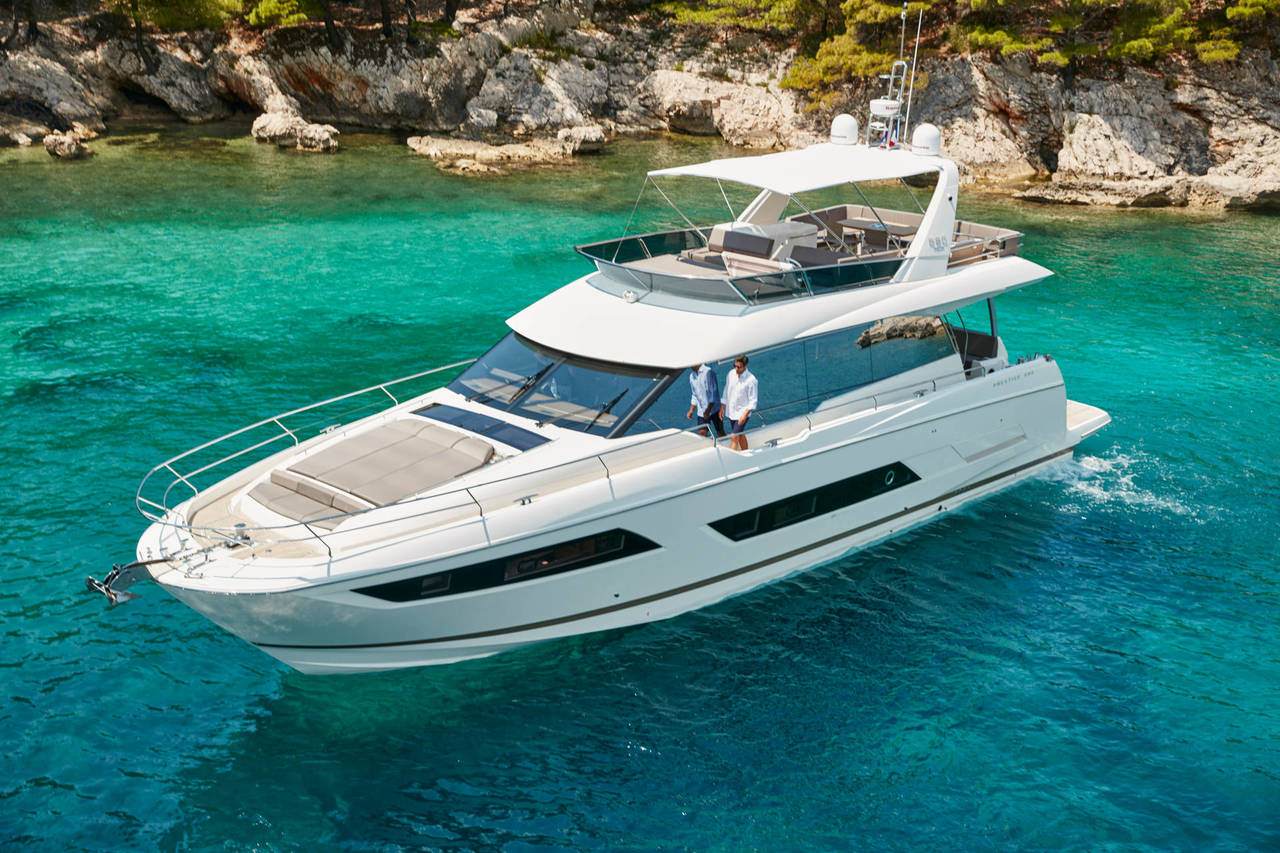
Conclusion
Mooring buoys play a crucial role in securing various types of vessels, from small boats to large ships like tankers and cruise ships. These buoys benefit both the environment and maritime industry by helping to lessen damage to coral reefs and ensuring consistent power generation for floating platforms, such as Wave Energy Converters (WEC) Platforms.
The installation of mooring buoys near or over traditionally anchored sites significantly reduces the impact on sensitive ecosystems. As an ongoing aid for coral reef conservation, they can efficiently zone an area for particular activities, allowing for better ocean resource management Coral Reef.
The design and analysis of mooring buoys often focus on aspects such as buoy geometry, intermediate buoys attached along mooring cables, and static and dynamic characteristics of mooring systems with submerged buoys Mooring Systems. These considerations ensure the effectiveness and safety of mooring systems when used for various applications.
In summary, mooring buoys are essential components of the maritime industry that provide not only secure anchoring but also environmental protection and resource management. Their versatile design and applications help to support diverse maritime needs.

Frequently Asked Questions
How to tie a boat to a mooring buoy?
To tie a boat to a mooring buoy, first, approach the mooring buoy slowly and carefully. Use a boat hook to pick up the buoy's top ring, then shackle the mooring pennant to the mooring chain shackle, instead of the buoy itself. This distributes the strain onto the anchor chain, rather than the buoy. Using a mooring buoy correctly helps prevent unnecessary wear on the mooring system and protects your vessel and others nearby. For more detailed information, visit National Oceanic and Atmospheric Administration's guide.
What are the color characteristics of a mooring buoy?
Mooring buoys typically have distinct colors and shapes to differentiate them from other types of buoys. They are usually white with a blue horizontal band. This color combination is specifically designated for mooring buoys to help distinguish them from regulatory buoys, commercial buoys, meteorological buoys, and other navigational aids. For more information regarding the meanings of different types of buoys, check out this complete guide to buoys.
How are buoys moored?
Buoys are moored using a mooring system that is composed of an anchor, a line or chain, and the buoy itself. The anchor is installed at the sea bottom, providing the necessary weight and grip to keep the buoy in position. The line or chain connects the buoy to the anchor, providing flexibility and allowing the buoy to float on the water's surface. The buoy acts as a visible marker for boat users to access and secure their vessel. For more practical information on mooring buoys, you can read A Beginner's Guide to Mooring Buoys.
Where can I purchase a high-quality mooring buoy?
There are many suppliers and manufacturers of high-quality mooring buoys, both online and in brick-and-mortar stores. It's crucial to choose a reputable provider known for their durable and reliable buoys. One option for purchasing high-quality mooring buoys is Polyform US, which offers a variety of solutions and materials for different applications.
What is the purpose of a mooring anchor?
A mooring anchor plays a critical role in a mooring system, as it is responsible for providing the necessary weight and grip to hold the buoy in position. The anchor is installed at the bottom of the sea or water body where the buoy is to be placed. Its primary purpose is to keep the buoy stationary and secure, allowing boaters to tie their vessels confidently and safely.
What is the proper length for a mooring buoy line?
The proper length for a mooring buoy line, also known as a mooring pennant, depends on several factors such as the size of your boat, the depth of the water, and local conditions like winds, tides, and currents. It's essential to consider these factors when selecting a suitable mooring line length. As a general guideline, the mooring line should be at least one-and-a-half times the distance from the water level to the highest point of the boat where the line will be attached. However, it's crucial to check for local guidelines and recommendations, as requirements may vary depending on the location.
Footnotes
- (https://www.coris.noaa.gov/activities/resourceCD/resources/mooring_buoy_g.pdf) ↩ ↩2 ↩3 ↩4 ↩5
- (https://www.maritimemanual.com/mooring-buoy/) ↩ ↩2
- (https://www.marineinsight.com/marine-navigation/what-is-a-mooring-buoy/) ↩ ↩2 ↩3
- (https://www.whoi.edu/know-your-ocean/ocean-topics/ocean-tech/moorings-buoys/) ↩ ↩2 ↩3 ↩4 ↩5
- (https://saw-reg.usace.army.mil/NWP2021/NWP-10.pdf) ↩ ↩2
Charlie is Editor-in-Chief of Sea Magazine



